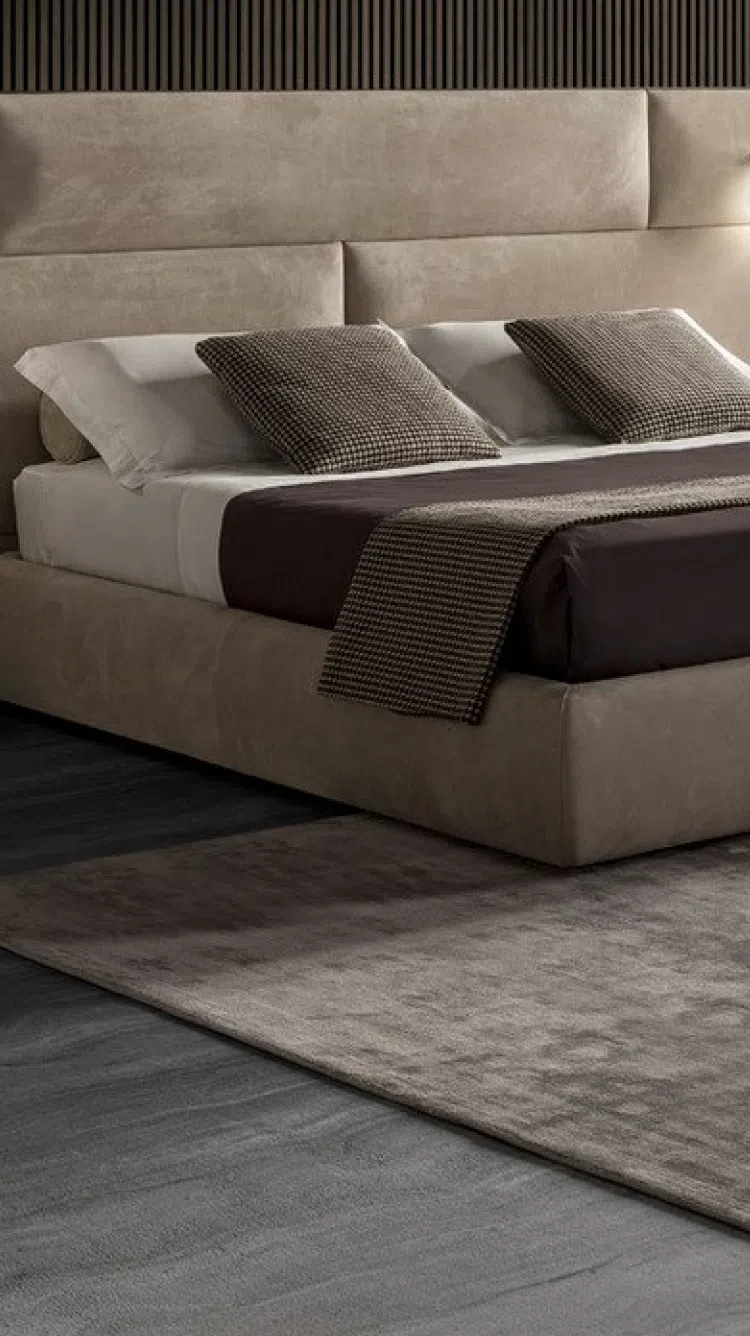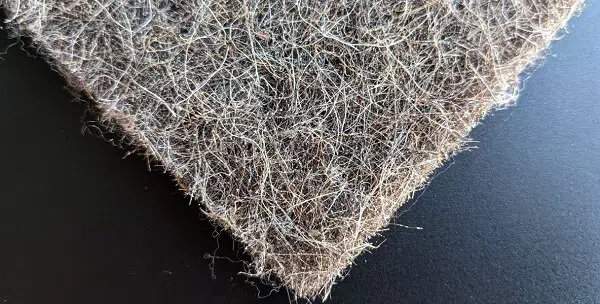Horsehair, as a furniture material, has historically been a significant component in the upholstery industry, especially before the advent of modern synthetic fibers. It comes from the mane and tail of horses and is known for its durability, resilience, and firmness. Here are some key characteristics and uses of horsehair in furniture:
Durability: One of the most notable aspects of horsehair is its exceptional durability. The fibers are strong and have a natural springiness that allows them to maintain shape and resist wear over time.
Comfort and Support: When used as a stuffing material, horsehair provides a level of firm support that is difficult to achieve with softer materials like cotton or foam. This makes it ideal for seats and mattresses that require long-lasting support.
Breathability: Horsehair is a natural fiber that allows air to circulate through it, which helps to dissipate heat and moisture. This breathability contributes to comfort, especially in seating furniture, and helps prevent the growth of mold and bacteria within upholstered items.
Natural Material: For those who prioritize the use of natural and sustainable materials, horsehair is an appealing choice. It can be harvested from living animals without harming them, making it a renewable resource.
Historical Significance: Traditionally, horsehair was widely used in high-end and antique furniture. It is often associated with craftsmanship and quality, and is still used today in the restoration of antique pieces or the creation of reproduction furniture that aims to be authentic to the historical design.
Blending with Other Materials: Horsehair is sometimes mixed with other fibers to improve the texture or to reduce cost. For example, it can be blended with wool to create a stuffing material that combines the resilience of horsehair with the softness and additional warmth of wool.
Maintenance and Longevity: When used within furniture, horsehair requires little maintenance and tends to retain its properties over time. Furniture made with horsehair may last for generations if properly cared for.
Price: One downside to horsehair is its cost. Because it is a natural and somewhat specialized material, it tends to be more expensive than synthetic alternatives. This cost is reflected in the final price of the furniture piece.
Use in Modern Furniture: While its use has declined in mass-produced furniture in favor of cheaper, synthetic materials, horsehair is still used by craftsmen and luxury furniture manufacturers who appreciate its unique qualities.
Overall, horsehair is a traditional material that offers several benefits for high-quality furniture. Its continued use today is a testament to its desirable characteristics as a natural, durable, and supportive material for upholstery.



